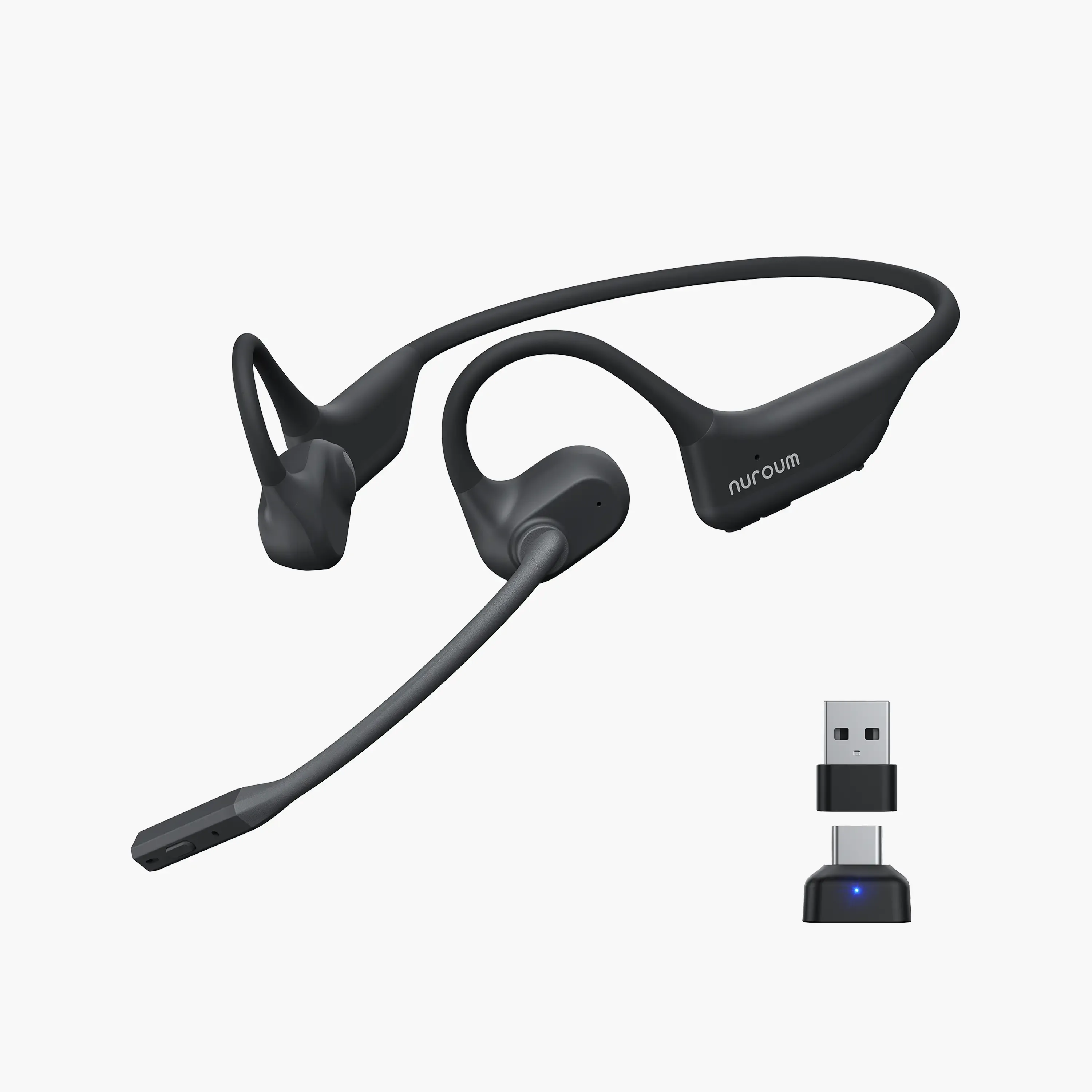Effective client meetings are crucial for building trust, aligning goals, and delivering real business results. Research shows that collaboration platforms reduce follow-up tasks by 20–35%(Gartner,2023). This guide provides a step-by-step approach to planning, running, and following through on high-impact client interactions—guaranteeing top-notch professionalism and tangible outcomes.
Client Meeting Types Decoded: Strategies for Every Scenario
Effective client meetings are the backbone of business success, but not all meetings are created equal. Each type serves a unique purpose, from building relationships to closing deals. Here’s how to tailor your approach for every scenario.
Discovery Meetings
Purpose: Understand the client’s needs and pain points. Strategy: Ask open-ended questions, listen actively, and avoid pitching too soon.
Pitch Meetings
Purpose: Present your solution and value proposition. Strategy: Highlight benefits, not just features, and prepare for objections.
Progress Check-ins
Purpose: Review ongoing projects and adjust as needed. Strategy: Focus on outcomes, share updates concisely, and solicit feedback.
Negotiation Meetings
Purpose: Finalize terms and close the deal. Strategy: Stay flexible, emphasize mutual benefits, and know your bottom line.
Onboarding Meetings
Purpose: Set expectations and establish workflows. Strategy: Clarify roles, timelines, and communication protocols early.
Offboarding Meetings
Purpose: Wrap up projects and discuss future opportunities. Strategy: Gather feedback, celebrate wins, and leave the door open.
How to Plan and Run an Effective Client Meeting
Client meetings are critical touchpoints that shape business relationships, drive project success, and ensure alignment between your team and the client. A poorly executed meeting can erode trust, while a well-planned one can strengthen collaboration and lead to better outcomes. This guide provides a step-by-step framework for conducting client meetings that are purposeful, engaging, and results-driven.
Pre-Meeting Preparation: The Foundation of Success
Define Clear Objectives
Before scheduling, determine the meeting’s purpose:
- Discovery: Understanding the client’s needs.
- Progress Review: Aligning on milestones and deliverables.
- Problem-Solving: Addressing challenges or roadblocks.
- Decision-Making: Gaining approvals or sign-offs.
Create a Structured Agenda
A well-designed agenda keeps meetings focused. Include:
- Time Slot: Allocate specific durations to each topic (e.g., 10 min for updates, 20 min for Q&A).
- Expected Outcomes: Clearly state what needs to be decided or achieved.
- Preparation Notes: Share pre-reading materials or questions with attendees in advance.
Select the Right Attendees
Invite only essential participants—those who contribute or need the information. Over-inviting dilutes focus and efficiency.
During the Meeting: Execution That Delivers Value
Start Strong
- Begin with a concise recap of objectives.
- Set ground rules (e.g., "No side conversations," "Mute when not speaking").
Foster Engagement
- Use open-ended questions: "What are your biggest concerns about this deliverable?"
- Incorporate interactive tools (polls, whiteboards) to encourage participation.
Manage Time Effectively
- Assign a timekeeper to stay on track.
- Politely steer discussions back to the agenda if they diverge.
Post-Meeting Follow-Up: Ensuring Action
Summarize Key Takeaways
- Send meeting notes within 24 hours, highlighting:
- Decisions made and next steps.
- Assigned responsibilities and deadlines.
- Clarify any ambiguous points via email or a follow-up call.
Solicit Feedback
End with a quick survey or question: "What could we improve for next time?"
Top Tools to Elevate Your Client Meetings
Here’s a curated list of top tools to help you plan, run, and follow up on high-impact client meetings, categorized by purpose:
1. Scheduling & Coordination
- Calendly – Automate meetings are invited with automated time slots.
- Microsoft Teams / Zoom – Host seamless virtual meetings with screen-sharing and recording.
2. Meeting Prep & Collaboration
- Notion – Centralize agendas, notes, and client files in one place, offers a helping hand during onboarding meetings.
- Miro – Visual brainstorming and whiteboarding for interactive discussions.
3. Engagement & Communication
- Jabra Evolve2 65 Flex – Portable, best-in-class noise cancellation for focus
- Otter.ai – AI-powered transcription for meeting summaries.
- Nuroum OpenEar Pro 2 - the lightest professional noise-cancelling open-ear headset, best suited pitch meetings.
4. Feedback & Follow-Up
- SurveyMonkey – Collect post-meeting feedback, an effective tool for negotiation meetings.
- Gmail Templates – Standardize follow-up emails with action items.
FAQs About Effective Client Meeting
Q1: How Do We Handle Technical Issues (e.g., Audio/Video Problems)?
- Test Equipment Early: Ensure all participants check their microphones, cameras, and internet connection before joining.
- Use Reliable Platforms: Tools like Zoom or Microsoft Teams with backup dial-in options reduce disruptions.
- Alternative Communication: If audio fails, use chat or request the client to type questions.
Q2: What Should We Do If a Meeting Runs Over Time?
- Politely Wrap Up: Acknowledge the discussion and propose scheduling a follow-up for unresolved items.
- Set Time Limits: Allocate fixed durations for each agenda item (e.g., 10 mins per topic).













































